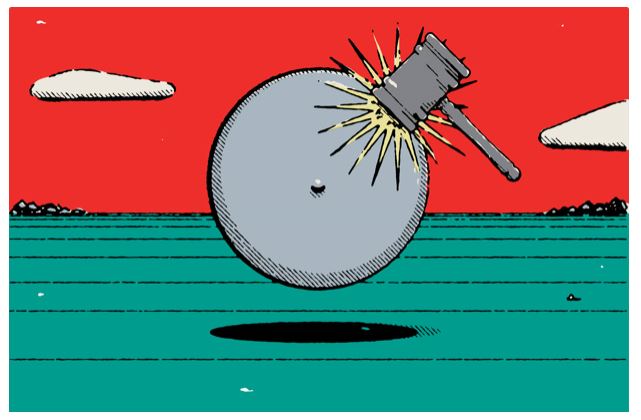What’s in Today’s Report:
- Seven “Ifs” That Will Move This Market Updated (Not Much Progress)
- Weekly Market Preview (All About China)
- Weekly Economic Cheat Sheet (Important Numbers This Week, Starting Today)
Futures are slightly higher following a generally busy weekend of economic, geo-political and Fed related news.
Economic data was mixed as CN New Yuan Loans slightly missed estimates (885 bln vs. (E) 950bln), as did German IP (-0.8% vs. (E) 0.5%) while German exports beat estimates.
On trade, the Trump/Xi summit appears to have been delayed till April, although a trade deal is still expected so this delay isn’t a negative for markets, yet.
Fed Chair Powell was on 60 Minutes Sunday night but didn’t say anything new so it’s having no impact on markets.
Today markets will be focused on the Retail Sales (E: 0.0%) report, in part because Powell specifically cited it as something he’d be watching in the 60 Minutes interview. The key to this number, as always, is the “Control” group which is retail sales less gas, autos and building materials, and the market estimate is 0.7%. A beat of that estimate will provide a boost of confidence for the economy, while a miss will exacerbate fears of a potential slowdown.


